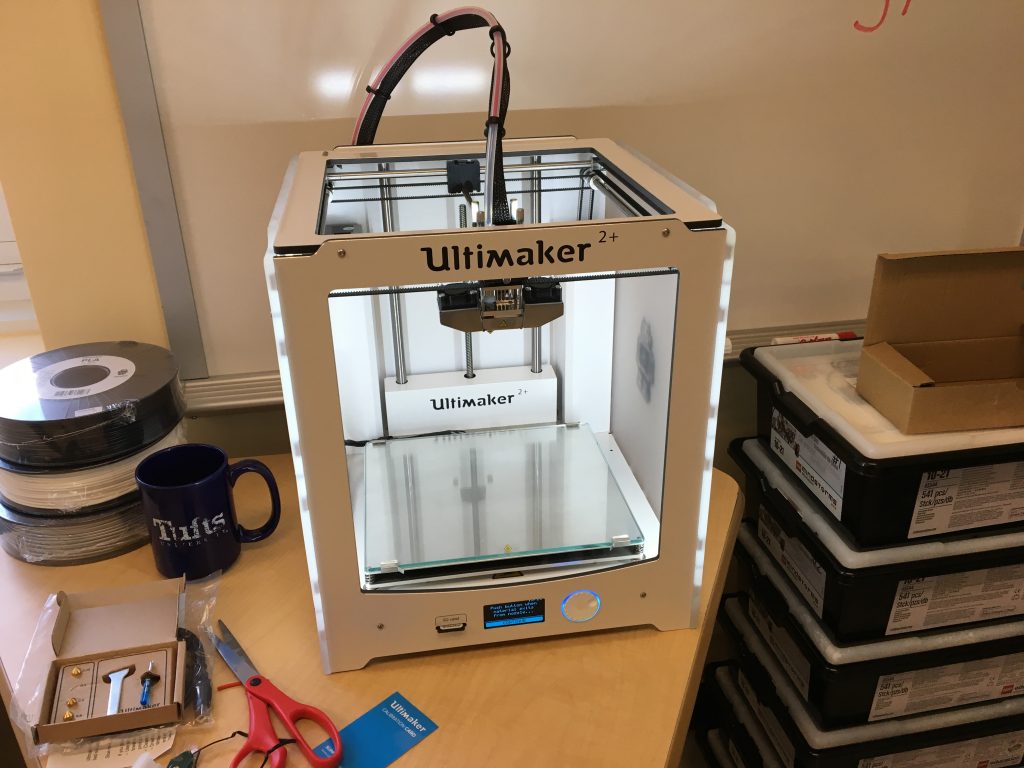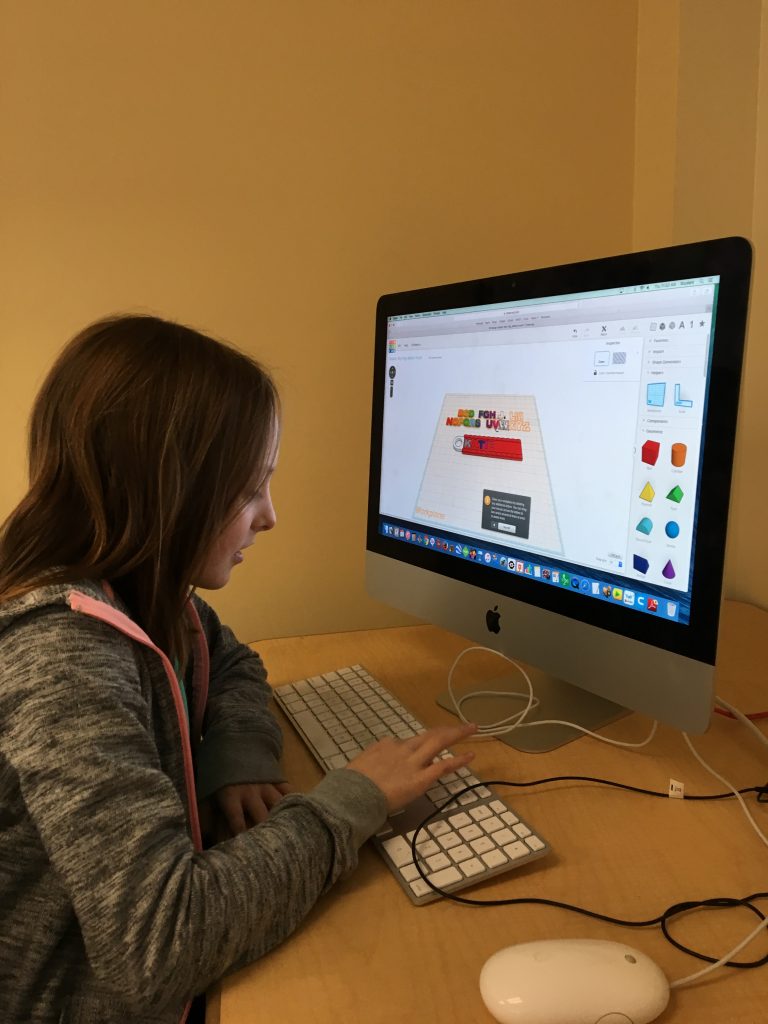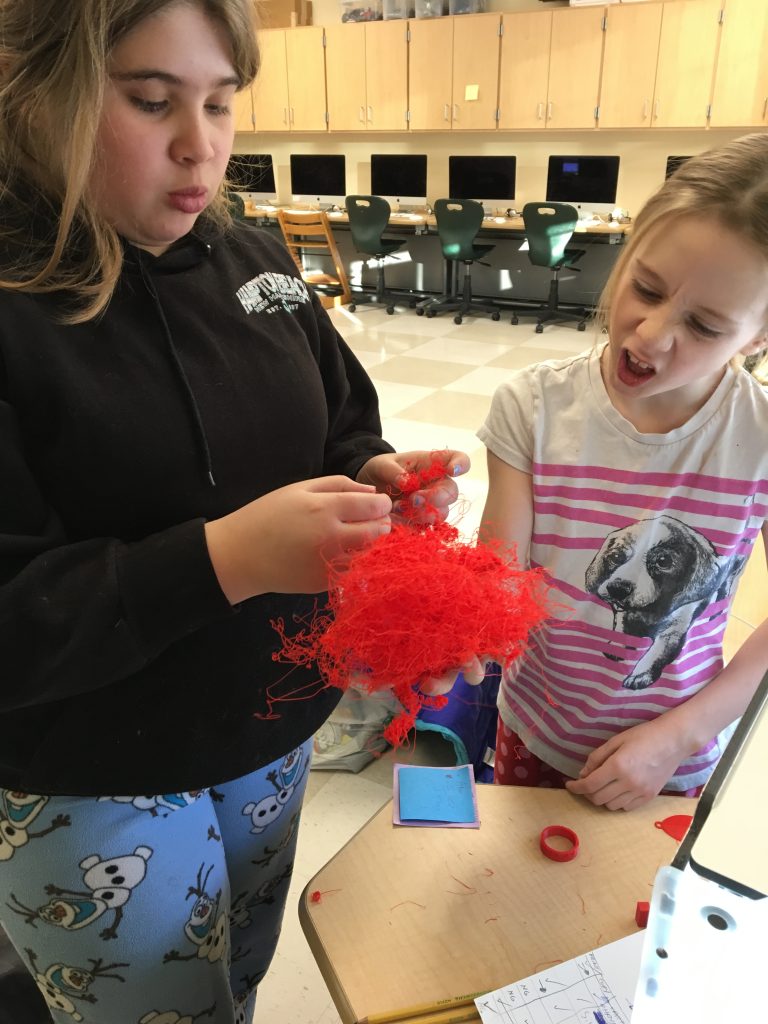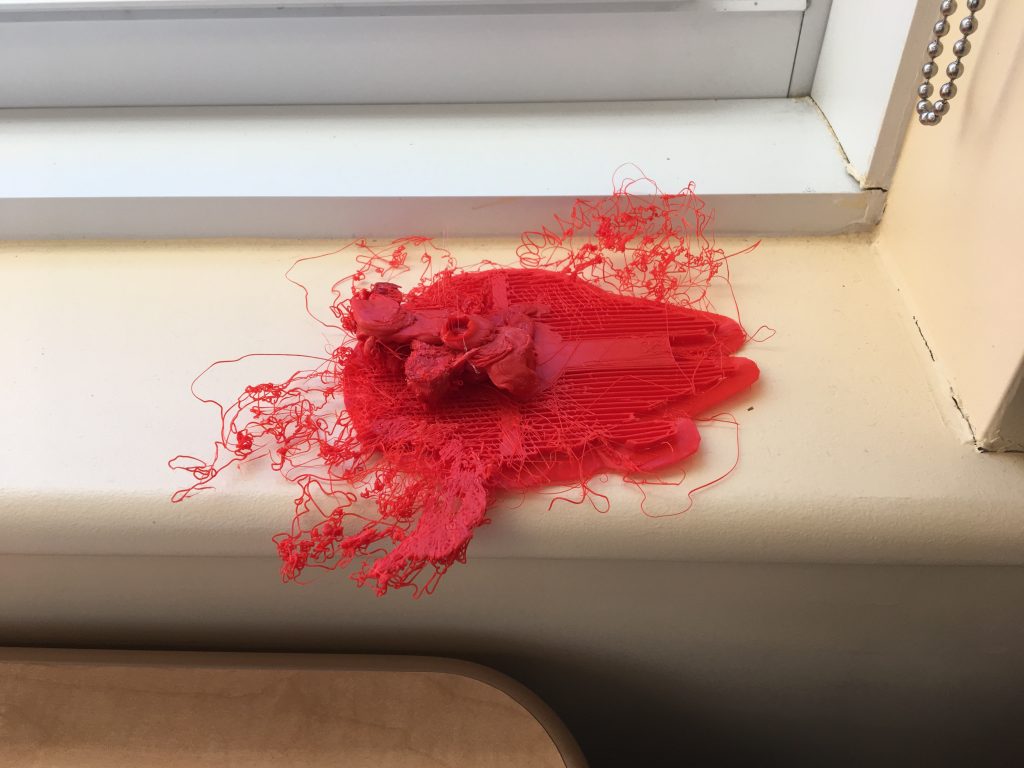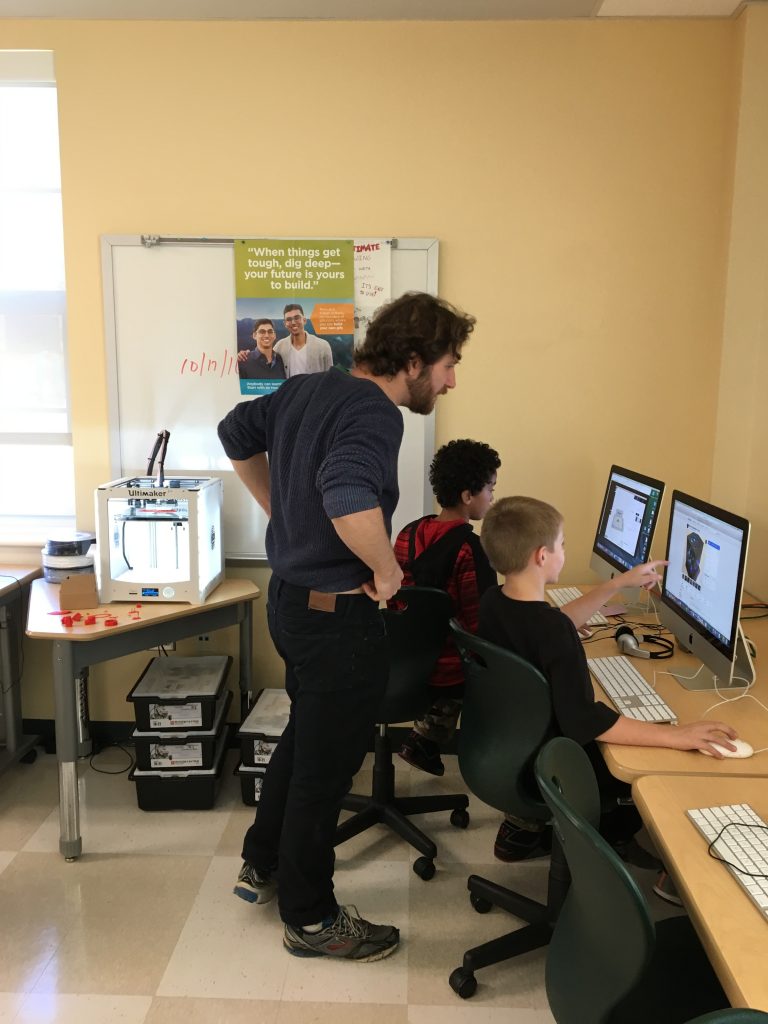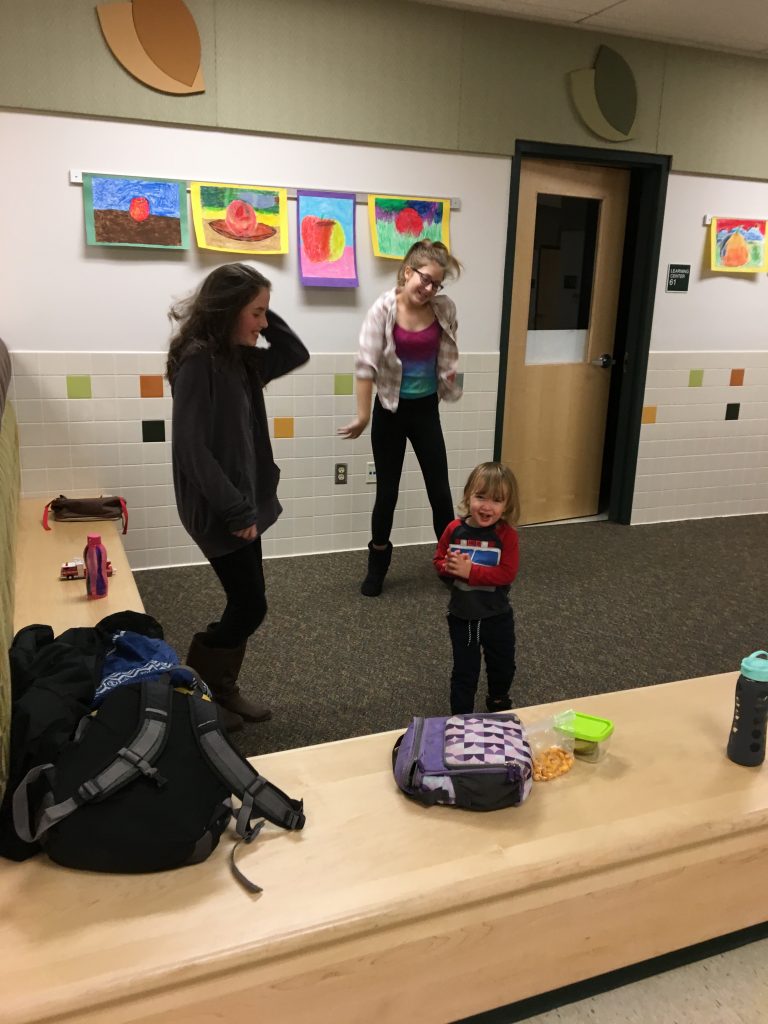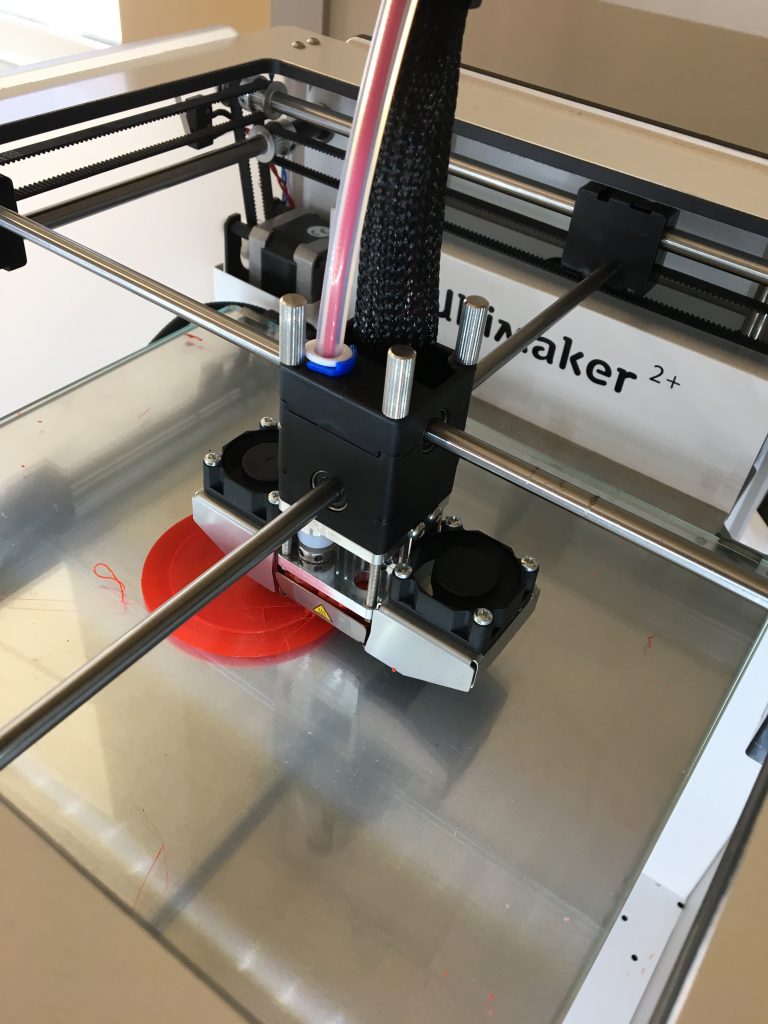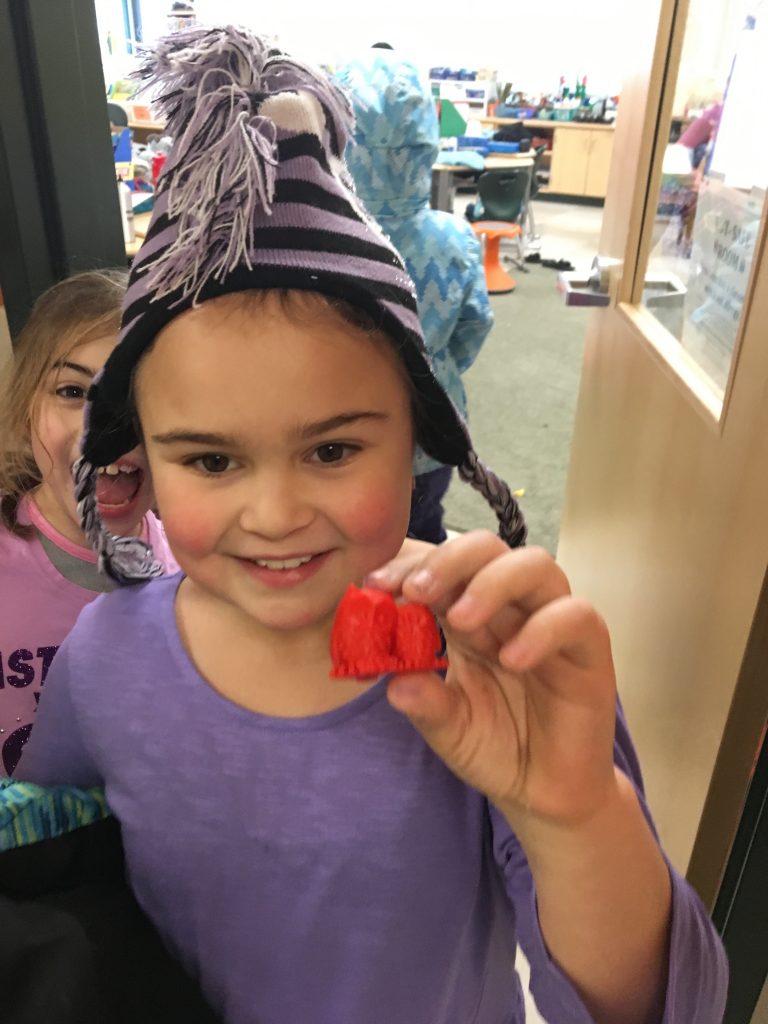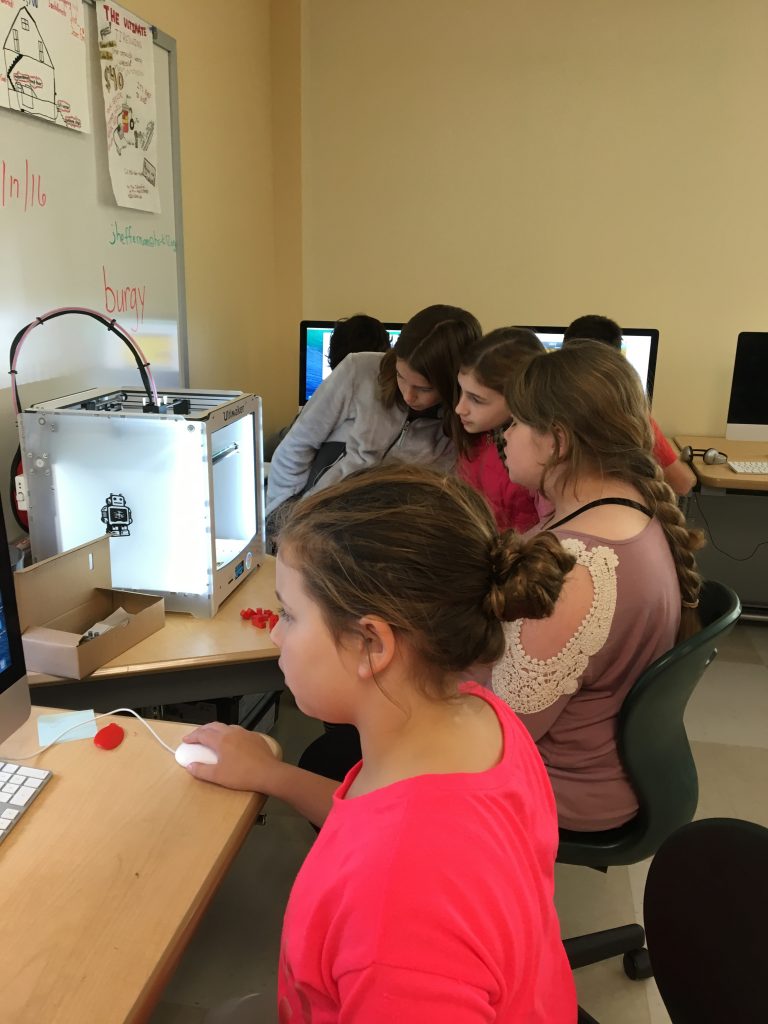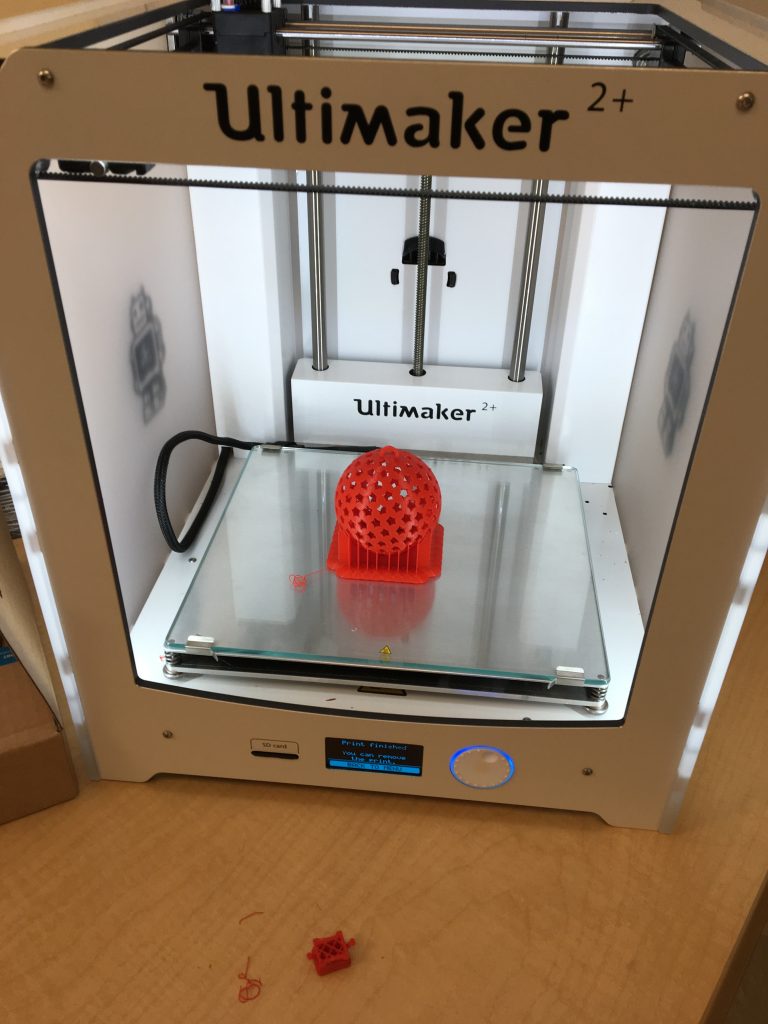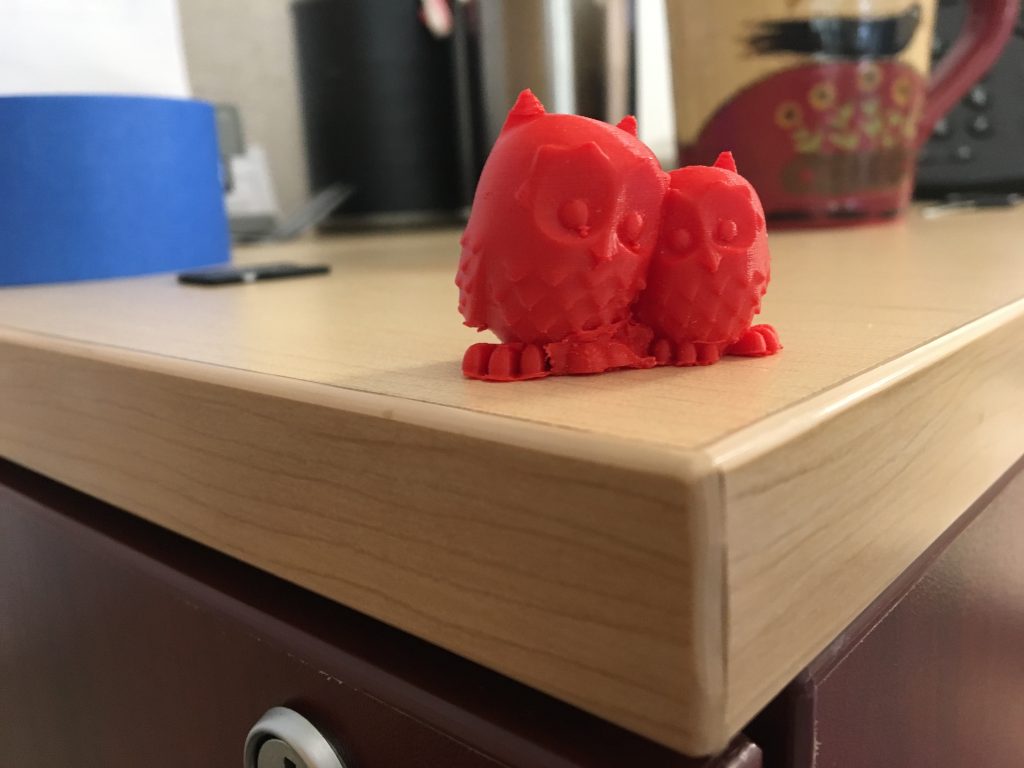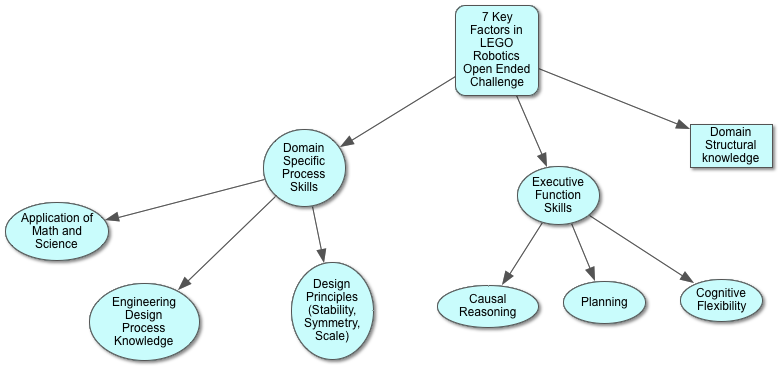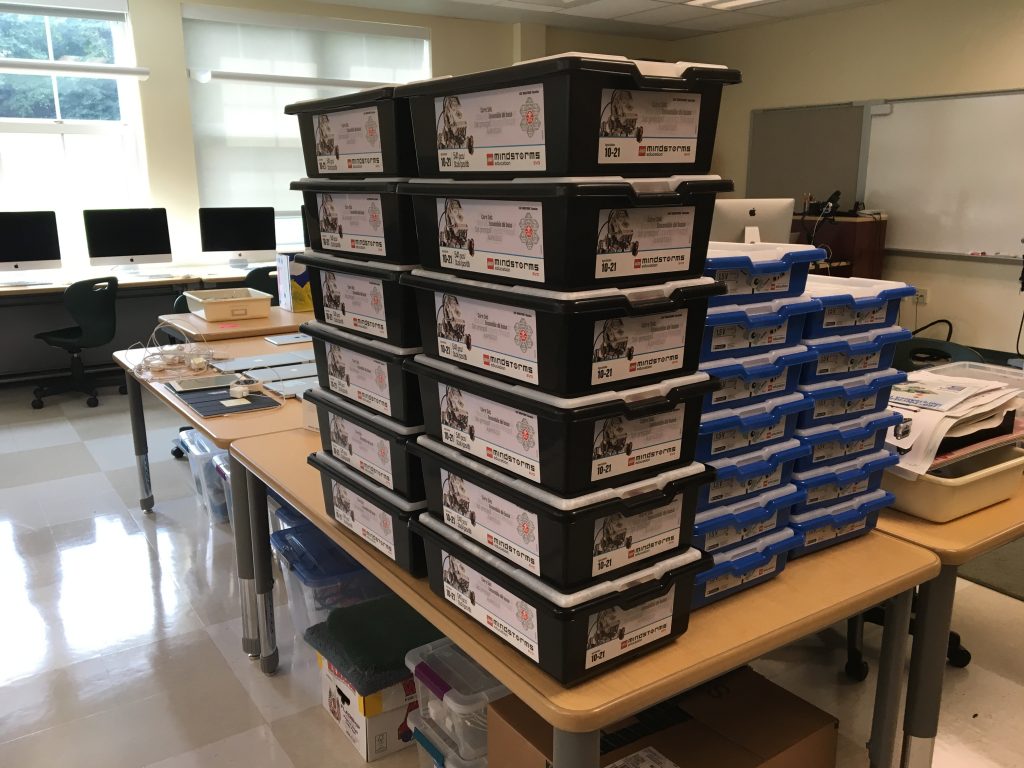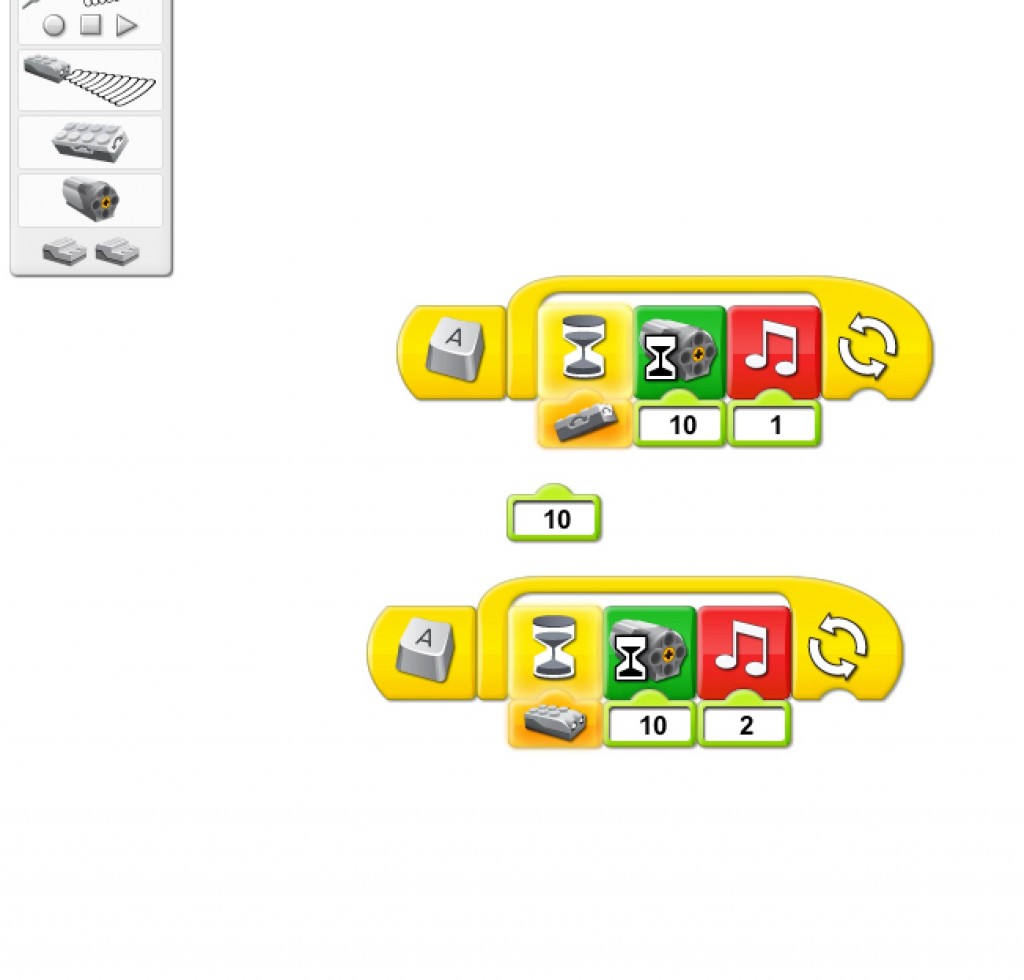THE WHITE HOUSE
Office of the Press Secretary
FOR IMMEDIATE RELEASE
August 22, 2016
President Obama Honors Outstanding Mathematics and Science Teachers
WASHINGTON, DC — President Obama today named 213 mathematics and science teachers as recipients of the prestigious Presidential Award for Excellence in Mathematics and Science Teaching. These awardees represent all 50 states, the District of Columbia, Puerto Rico, U.S. Territories, and the Department of Defense Education Activity schools. The educators will receive their awards at a ceremony in Washington, DC on September 8.
The Presidential Award for Excellence in Mathematics and Science Teaching is awarded to outstanding K-12 science and mathematics teachers from across the country. The winners are selected by a panel of distinguished scientists, mathematicians, and educators following an initial selection process at the state level. Each nomination year of the award alternates between teachers in the kindergarten through 6th grade level, and those teaching 7th through 12th grades. The cohort of awardees named today represent two nomination years, one of teachers in kindergarten through 6th grade classrooms and the other in 7th through 12th grade classrooms.
Winners of this Presidential honor receive a $10,000 award from the National Science Foundation to be used at their discretion, and are invited to Washington, DC, for an awards ceremony, as well educational and celebratory events, and visits with members of the Administration.
“The recipients of this award are integral to ensuring our students are equipped with critical thinking and problem-solving skills that are vital to our Nation’s success,” President Obama said. “As the United States continues to lead the way in the innovation that is shaping our future, these excellent teachers are preparing students from all corners of the country with the science, technology, engineering, and mathematics skills that help keep us on the cutting-edge.”
President Obama and his Administration have taken significant steps to strengthen education in science, technology, engineering, and math (STEM) fields in order to fully harness the promise our Nation’s students. The President’s Educate to Innovate campaign, launched in November 2009, has resulted in more than $1 billion in private investment for improving K-12 STEM education. Additionally, in 2011, the President set an ambitious goal to put 100,000 additional excellent STEM teachers in America’s classrooms by 2021. Thanks to the work of more than 280 organizations, 30,000 new STEM teachers have already been trained, and resources are in place to train an additional 70,000 STEM teachers by 2021. In parallel, the President has called for increasing the proficiency of America’s existing STEM teachers with a Master Teacher Corps initiative, which would identify the most effective K-12 STEM teachers and support them in a program to propagate their best practices with their peers. You can read more about the President’s commitment to science, technology, and innovation HERE.
The recipients of the Presidential Award for Excellence in Mathematics and Science Teaching are listed below, by nomination cohort and then by state.
To learn more about these extraordinary teachers, please visit: https://recognition.paemst.org
Grades K-6 Award Cohort
Alabama
Kimberly Bowen, Rainbow Elementary School, Mathematics
Julie Neidhardt, Dawes Intermediate School, Science
Alaska
Joey Jigliotti, Alpenglow Elementary School, Science
MaryLee Tung, Sand Lake Elementary School, Mathematics
Arizona
Tabetha Finchum, Centennial Elementary School, Mathematics
Janice Mak, Fireside Elementary School, Science
Arkansas
Ashley Kasnicka, Harvey Jones Elementary School, Mathematics
Cassie Kautzer, Monitor Elementary School, Science
California
Andrew Kotko, Mather Heights Elementary School, Mathematics
Erica Rood, CHIME Charter School, Science
Colorado
Dawn Bauer, Carson Elementary School, Science
Carolyn Jordan, Normandy Elementary School, Mathematics
Connecticut
Liesl Fressola, Sandy Hook Elementary School, Science
Nicole Gilson, Peck Place School, Mathematics
Delaware
Kristin Gray, Richard A. Shields Elementary School, Mathematics
Kimberly Simmons, W. Reily Brown Elementary School, Science
District of Columbia
Kristina Kellogg, Watkins Elementary School, Mathematics
Michael Mangiaracina, Brent Elementary School, Science
DoDEA
Bridget Lester, Ft. Rucker Primary School, Science
Rebecca Sterrett, Ramstein Elementary School, Mathematics
Florida
Janet Acerra, Forest Lakes Elementary School, Science
Angela Phillips, Chets Creek Elementary School, Mathematics
Georgia
Amanda Cavin, Unity Grove Elementary School, Mathematics
Steven King, Whit Davis Elementary School, Science
Hawaii
Eliza Akana Yoshida, Pu’u Kukui Elementary School, Mathematics
Stan Mesina, August Ahrens Elementary School, Science
Idaho
Giselle Isbell, Anser Charter School, Mathematics
Linda Truxel, Barbara Morgan Elementary School, Science
Illinois
Catherine Ditto, Burley Elementary School, Mathematics
James O’Malley, Thomas A. Edison Elementary School, Science
Indiana
Martin Briggs, Crichfield Elementary School, Mathematics
Kristen Poindexter, Spring Mill Elementary School, Science
Iowa
Ann Johnson, Sageville Elementary School, Mathematics
Joshua Steenhoek, Jefferson Intermediate School, Science
Kansas
Michelle Kelly, Basehor Elementary School, Mathematics
Brandi Leggett, Prairie Ridge Elementary School, Science
Kentucky
Vivian Bowles, Kit Carson Elementary School, Science
Gina Kimery, Farmer Elementary School, Mathematics
Louisiana
Mary Legoria, Westdale Heights Academic Magnet School, Science
Kristen Mason, L. W. Ruppel Academy for Advanced Studies, Mathematics
Maine
Lauree Gott, Veazie Community School, Science
Laura Stevens, Dora L. Small Elementary School, Mathematics
Maryland
Hilarie Hall, The Woods Academy, Science
Jennifer Kiederer Lawrence, Warren Elementary School, Mathematics
Massachusetts
John Heffernan, Anne T. Dunphy School, Science
Karen Schweitzer, Anne T. Dunphy School, Mathematics
Michigan
Gary Koppelman, Blissfield Elementary School, Science
Francie Robertson, Pine Tree Elementary, Mathematics
Minnesota
Frances Stang, O. H. Anderson Elementary School, Science
Carissa Tobin, Nellie Stone Johnson Community School, Mathematics
Mississippi
Karin Bowen, Brandon Middle School, Mathematics
Vicki Moorehead, St. Anthony Catholic School, Science
Missouri
Nancy McClintock, Center for Creative Learning, Science
Katherine Schack, Lakeview Elementary School, Mathematics
Montana
Kara Nelson, Meadowlark Elementary School, Mathematics
Colleen Windell, Lolo Middle School, Science
Nebraska
Amy Falcone, Hillside Elementary School, Mathematics
Kyla Hall, Kloefkorn Elementary School, Mathematics
Nevada
Arvella Jergesen, Fernley Intermediate School, Mathematics
Kathleen Schaeffer, Bob Miller Middle School, Mathematics
New Hampshire
Rebecca Cummings, Pelham Elementary School, Science
Ann Gaffney, Londonderry Middle School, Mathematics
New Jersey
Julia Ogden, Woodcliff Middle School, Science
Coshetty Vargas, Washington Park School, Mathematics
New Mexico
Cynthia Colomb, Hermosa Middle School, Science
Bernadine Cotton, Tombaugh Elementary School, Mathematics
New York
Eliza Chung, The School at Columbia University, Mathematics
Lisbeth Uribe, The School at Columbia University, Science
North Carolina
Justin Osterstrom, Martin Gifted and Talented Magnet Middle School, Science
Kayonna Pitchford, Stoney Point Elementary School, Mathematics
North Dakota
Loni Miller, Saxvik Elementary School, Science
Angela Stoa-Lipp, Kennedy Elementary School, Mathematics
Ohio
Marcy Burns, Main Street Intermediate School, Science
Susan Dankworth, Thomas E. Hook Elementary School, Mathematics
Oklahoma
Rebekah Hammack, Stillwater Middle School, Science
Moriah Widener, Jenks West Intermediate School, Mathematics
Oregon
Maureen Murphy-Foelkl, Chapman Hill Elementary School, Science
Sarah Luvaas, Redland Elementary School, Mathematics
Pennsylvania
Karen Bungo, Horace Mann Elementary School, Mathematics
Geoffrey Selling, Germantown Friends School, Science
Puerto Rico
Esther Alvarez-Meléndez, Academia San Ignacio de Loyola, Science
Carmen Olmo, Saint John’s School, Mathematics
Rhode Island
Barbara Pellegrino, Harold F. Scott Elementary School, Mathematics
Debra Turchetti-Ramm, Sarah Dyer Barnes Elementary School, Science
South Carolina
Tammy Joiner, Little Mountain Elementary School, Mathematics
Rebecca Strong, Thomas C. Cario Middle School, Science
South Dakota
Roby Johnson, Holgate Middle School, Science
Crystal McMachen, East Middle School, Mathematics
Tennessee
Theresa Feliu, John Adams Elementary School, Mathematics
Nicole Resmondo, Gresham Middle School, Science
Texas
Erika Hassay, Live Oak Elementary School, Mathematics
Celena Miller, Cesar Chavez Elementary School, Science
U.S. Territories
Fina Leon Guerrero, Manuel Ulloa Lujan Elementary School, Mathematics
Richard Carlos Velasco, FBLG Middle School, Mathematics
Utah
Jalyn Kelley, Wilson Elementary School, Mathematics
Britnie Powell, Salt Lake Center for Science Education, Science
Vermont
Laura Botte Fretz, Edmunds Middle School, Mathematics
Lisa Marks, Ludlow Elementary School, Science
Virginia
Barbara-Ann Adcock, Pocahontas Elementary School, Science
Eric Imbrescia, Peak View Elementary School, Mathematics
Washington
Meredith Gannon, Sacajawea Elementary School, Science
Deborah Halperin, Laurelhurst Elementary School, Mathematics
West Virginia
Cynthia Evarts, Orchard View Intermediate School, Mathematics
Nancy Holdsworth, New Manchester Elementary School, Science
Wisconsin
Lori Baryenbruch, River Valley Elementary Spring Green, Science
Tina Parker, Sam Davey Elementary School, Mathematics
Wyoming
Gayla Hammer, Lander Middle School, Science
Nancy Windholz, Saratoga Elementary School, Mathematics
Grades 7-12 Award Cohort
Alabama
Ryan Reardon, Jefferson County International Baccalaureate School, Science
Joel White, Brooks High School, Mathematics
Alaska
Christopher Benshoof, Lathrop High School, Mathematics
Catherine Walker, Romig Middle School, Science
Arizona
Marizza Bailey, BASIS Scottsdale, Mathematics
Michael McKelvy, Basha High School, Science
Arkansas
Daniel Moix, Bryant High School, Mathematics
Diedre Young, Ridgway Christian High School, Science
California
Maria McClain, Deer Valley High School, Mathematics
Michael Towne, Citrus Hill High School, Science
Colorado
Lisa Bejarano, Aspen Valley High School, Mathematics
Jessica Noffsinger, STEM Magnet Lab School, Science
Connecticut
Richard Broggini, Smith Middle School, Science
Elizabeth Capasso, Jettie S. Tisdale School, Mathematics
Delaware
Robin Corrozi, Cape Henlopen High School, Mathematics
John Scali, MOT Charter High School, Science
District of Columbia
Shira Printup, McKinley Technology High School, Mathematics
Melanie Wiscount, McKinley Technology Education Campus, Science
DoDEA
Michal Turner, Vicenza Middle School, Mathematics
Florida
Tracy Smith, Bak Middle School of the Arts, Science
Kelly Zunkiewicz, Dr. Earl J. Lennard High School, Mathematics
Georgia
Marc Pedersen, Paulding County High School, Science
Cindy Apley Rose, Couch Middle School, Mathematics
Hawaii
Alicia Nakamitsu, Aiea High School, Mathematics
Bryan Silver, Kalani High School, Science
Idaho
Jason George, Vision Charter School, Science
Micah Lauer, Heritage Middle School, Science
Illinois
Michael Fumagalli, East Leyden High School, Science
Lisa Nicks, Thornton Township High School, Mathematics
Indiana
Hugh Ross, Guerin Catholic High School, Science
Michael Spock, Columbus North High School, Mathematics
Iowa
Lynnetta Bleeker, Parkview Middle School, Science
Richard Brooks, Johnston High School, Mathematics
Kansas
Trissa McCabe, Reno Valley Middle School, Mathematics
Denise Scribner, Eisenhower High School, Science
Kentucky
Carly Baldwin, Boyd County High School, Science
Christine Bickett, North Bullitt High School, Mathematics
Louisiana
Linda Messina, Saint Joseph’s Academy, Science
Donna Patten, West Monroe High School, Mathematics
Maine
Marielle Edgecomb, Peninsula School, Mathematics
Cary James, Bangor High School, Science
Maryland
Elizabeth Lazaro, Buck Lodge Middle School, Science
Elizabeth Megonigal, Huntingtown High School, Science
Massachusetts
Neil Plotnick, Everett High School, Mathematics
Keith Wright, The Springfield Renaissance School, Science
Michigan
Brian Langley, Novi High School, Science
Wendy Osterman, Sashabaw Middle School, Mathematics
Minnesota
Morgan Fierst, South High, Mathematics
Lisa Houdek, Central Senior High School, Science
Mississippi
Marshall Hobbs, Jackson Preparatory School, Science
Lauren Zarandona, Mississippi School for Mathematics and Science, Mathematics
Missouri
Carol Robertson, Fulton High School, Science
Deanna Wasman, David H. Hickman High School, Mathematics
Montana
Jessica Anderson, Powell County High School, Science
Kerry Gruizenga, Skyview High School, Mathematics
Nebraska
Nicole Miller, Lakeview Jr-Sr High School, Science
Gregory Sand, Central High School, Mathematics
New Hampshire
Robin Ellwood, Rye Junior High School, Science
Patrick Kaplo, Windham High School, Science
New Jersey
Victoria Gorman, Medford Memorial Middle School, Science
Amy Mosser, Seneca High School, Mathematics
New Mexico
Kathleen Boerigter, Los Alamos High School, Science
Kevin Gant, Nex+Gen Academy, Science
New York
Daniel Mattoon, Niskayuna High School, Mathematics
Amanda Zullo, Saranac Lake High School, Science
North Carolina
Lauren Baucom, Forest Hills High School, Mathematics
Karen Newman, Durham Academy, Science
North Dakota
Jonathan Fugleberg, May-Port CG High School, Mathematics
Michelle Strand, West Fargo High School, Science
Ohio
Amy Roediger, Mentor High School, Science
Beth Vavzincak, Normandy High School, Mathematics
Oklahoma
Teri Kimble, Hydro-Eakly Middle School/High School, Science
Jamie Rentzel, Norman High School, Mathematics
Oregon
Katharine Dean, Centennial High School, Science
Brian Hanna, Newport High School, Mathematics
Pennsylvania
Elizabeth Allen, Saucon Valley High School, Mathematics
Jaunine Fouché, Milton Hershey School, Science
Puerto Rico
Nelson Franqui Flores, Saint John’s School, Mathematics
Keyla Soto Hidalgo, University High School, Science
Rhode Island
Anthony Borgueta, Barrington Middle School, Science
Kristen Jahnz, Cumberland High School, Mathematics
South Carolina
Gail Vawter, Springfield Middle School, Science
Jennifer Wise, Hand Middle School, Mathematics
South Dakota
Jennifer Fowler, South Middle School, Science
Bjorg Remmers-Seymour, East Middle School, Mathematics
Tennessee
Laura Darnall, Goodpasture Christian School, Science
Mary Vaughan, Oak Ridge High School, Mathematics
Texas
Patty Hill, Kealing Middle School, Mathematics
Cara Johnson, Allen High School, Science
U.S. Territories
Thora Henry Letang, Bertha C. Boschulte Middle School, Science
Dora Borja Miura, Saipan Southern High School, Mathematics
Utah
Magdalene Huddleston, Sand Ridge Junior High, Science
Vicki Lyons, Lone Peak High School, Mathematics
Vermont
Katherine McCann, U-32 Middle High School, Mathematics
Mary Louise McLaughlin, Barre Town Middle and Elementary School, Science
Virginia
Kelle Lyn Scott, Robinson Secondary School, Mathematics
Camilla Walck, Princess Anne High School, Science
Washington
Scott Cooley, University High School, Mathematics
Jeffery Wehr, Odessa High School, Science
West Virginia
Maureen Miller, Hurricane Middle School, Science
Sarah Snyder, Fairmont Senior High School, Mathematics
Wisconsin
Juan Botella, Monona Grove High School, Science
John Hayes, Northland Pines High School, Mathematics
Wyoming
Lesley Urasky, Rawlins High School, Science
Patricia Urasky, East High School, Mathematics







